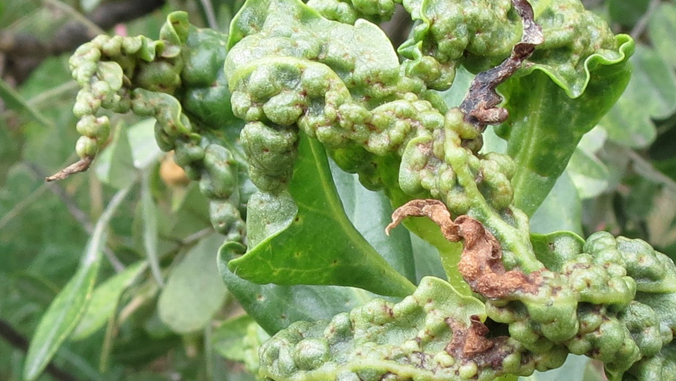
An increase of 20 to 30 percent of invasive alien species will lead to dramatic future biodiversity loss worldwide by 2050. That is the finding from a team of researchers, including University of Hawaiʻi at Mānoa Department of Botany Professor Curtis Daehler. The study was published in Global Change Biology.
Causes of the spread
Experts identified three major factors that will affect the future spread of alien species globally—primarily the increasing global transport of goods, followed by climate change and the extent of economic growth. Certain factors were found to vary in importance in different regions around the world. For example, Daehler said human migrations are likely to be a major future driver of biological invasions in many tropical and subtropical regions, while climate change will affect the spread of alien species most dramatically in polar regions.
Effects in Hawaiʻi
The threat of invasive species in Hawaiʻi is well documented, and that threat continues. For example, Daehler said that axis deer were introduced to Hawaiʻi Island in 2009, and thousands of hours were invested to eradicate them, since an out-of-control deer population would threaten entire native ecosystems. Daehler said other recent arrivals were pathogens and insect pests that threatened native flora and fauna. He also said certain invasive species have not yet arrived, but will likely have significant impacts if introduced and allowed to spread.
“Common routes of arrival for new invasive species in Hawaiʻi are the plant industry, aquarium and pet trades, and hitchhikers on ships’ hulls,” Daehler said.
Responsibility to act
Experts said the need remains high to develop mitigation strategies that limit the risk of biological invasions associated with trade and transport. In Hawaiʻi, isolation from the rest of the world assists in controlling possible invasive species that may arrive.
“Our island location increases the feasibility that we can screen transport pathways to restrict arrivals of new invasive species, while our relatively small land area can make investment in early detection a valuable second line of defense from new invasive species,” Daehler said. “Economic growth has been associated with more invasive species, but this relationship is not inevitable, since economic growth can make available more resources to prevent or control invasions.”
Daehler also said a working group has been formed for Hawaiʻi and other Pacific islands to address how climate change will affect invasive species threats. This working group is identifying management and mitigation strategies.
—By Marc Arakaki

